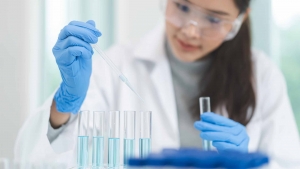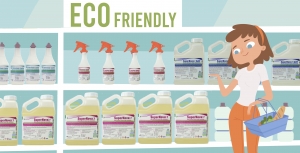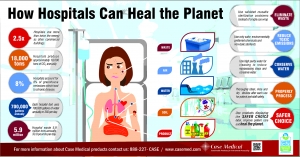Clean Science
If you're curious about how cleaning products work or why cleaning of medical devices is considered the critical first step in the decontamination process, you've come to the right place. We’ve studied the science of cleaning and are pleased to share with you what we learned over the last thirty years, as a U.S. EPA Safer Choice Partner of the Year, in independent laboratory studies, and in our micro lab....
Learn from the Experts on Sustainability and Better Outcomes
As a subscriber to Case Medical’s weekly blog, you know the we’ve been preparing to host a live online event, “Sustainable Cleaning Chemistries for a Healthier World”. Now we’d like to introduce to you the panelists who have so generously volunteered to share their time and knowledge with us all. Each panelist brings experience and perspective from a variety of vantage points.
Education is a life long pursuit
The world is a fast-moving place, and keeping up, staying on top of things, being aware of all the thats going on around you, can seem impossible. There are the daily demands of work, the backlog of items which need attention before moving on to the next stage, or the hecticness of providing fresh, clean, and sterile items when a schedule changes.
The Chicken or the Egg? The Washer or the Detergent?
What you can count on to consistently provide best outcomes? All things being equal, washer/disinfectors are all very efficient. We all want clean dishes at home and decontaminated instruments in healthcare facilities. In both scenarios, we want them done with the least amount of effort. That's why dishwashers are so prized in the kitchen and automated washers in decontam. But sometimes, they don't produce the best results.
This week: Lookout for the Toxins Hidden in Your Cleaners
In light of climate change, the pandemic, and water quality issues, sustainability and safer chemical usage has become a healthcare focus. Healthcare can both contribute to the problem and can be at the forefront of change. Are you aware that most cleaners, disinfectants, and germicidal wipes contain chemicals of concern that may threaten patients, the environment, and even give you a headache or worse?









